JOIN US WHATSAPP
CLICK HERE
JOIN US TELEGRAM
CLICK HERE
TOPIC 6: VECTORS
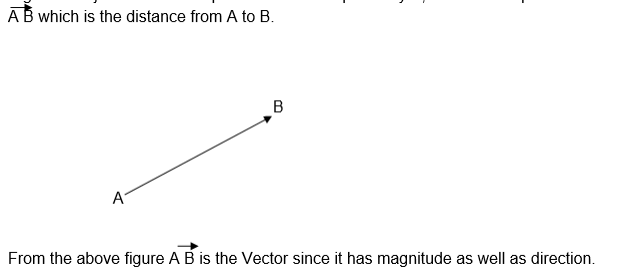
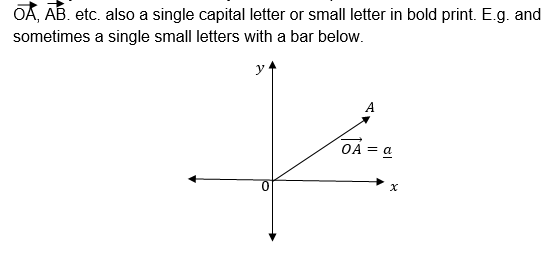


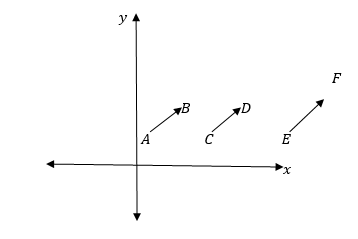

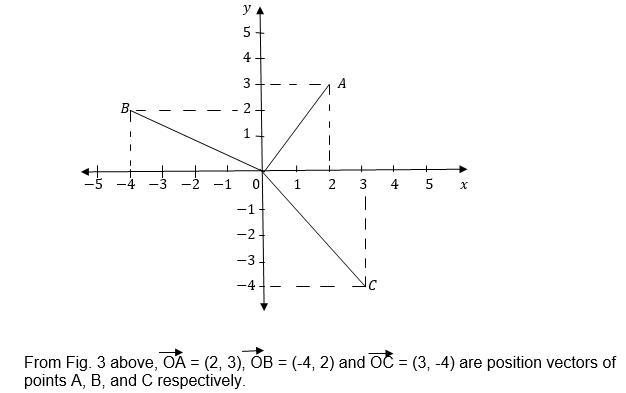

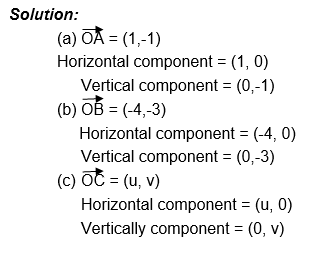

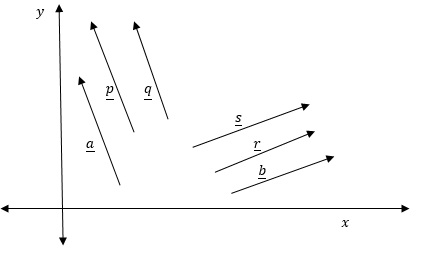


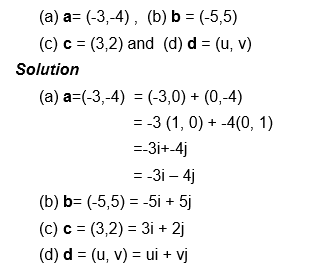
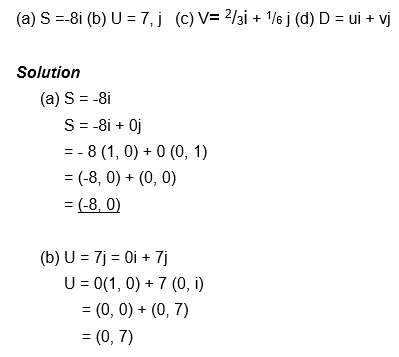
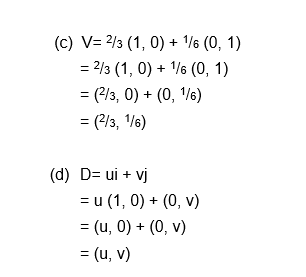
Displacement and Positions of Vectors
The Concept of a Vector Quantity
Explain the concept of a vector quantity
A vector – is a physical quantity which has both magnitude and direction.
The Difference Between Displacement and Position Vectors
Distinguish between displacement and position vectors
If an object moves from point A to another point say B, there is a displacement

There are many Vector quantities, some of which are: displacement, velocity, acceleration, force, momentum, electric field and magnetic field.
Other physical quantities have only magnitude, these quantities are called Scalars.
For example distance, speed, pressure, time and temperature
Naming of Vectors:
Normally vectors are named by either two capital letters with an arrow above e.g.


Equivalent Vectors:

Therefore two or more vectors are said to be equivalent if and only if they have same magnitude and direction.


Position Vectors;
In the x —plane all vectors with initial points at the origin and their end points elsewhere are called position vectors. Position vectors are named by the coordinates of their end points.
Consider the following diagram.

Components of position vectors:

Example 1
Write the position vectors of the following points: (a) A (1,-1), (b) B (-4,-3)
(c) C= (u, v) where U and V are any real numbers and give their horizontal and vertically components

Example 2
For each of vectors a and b shown in figure below draw a pair of equivalent vectors

Solution:
The following figure shows the vectors a and b and their respective pairs of equivalent vectors

Any Vector into I and J Components
Resolving any vector into I and J components
The unit Vectors i and j.
Definition: A unit vector is a position vector of unit length in the positive direction of x axis or y axis in the xy—plane.
The letters iand jare used to represent unit vectors in the X axis and y – axis respectively.
Consider the following sketch,


Example 3
Write the following vectors in terms of i and j vectors:

Example 4
Write the following vectors as position vectors.


Magnitude and Direction of a Vector
Sum and Difference of Vectors
Multiplication of a Vector by a Scalar
Application of Vectors




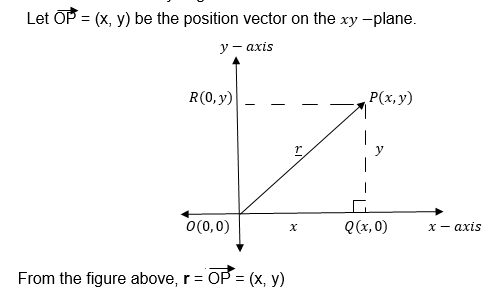
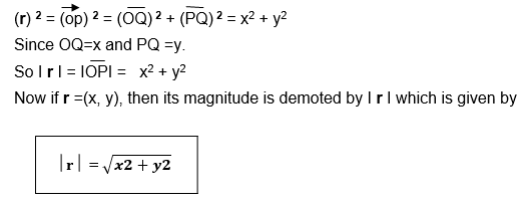
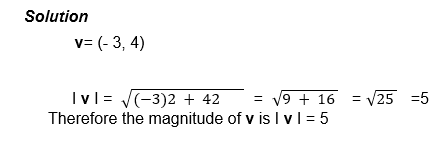


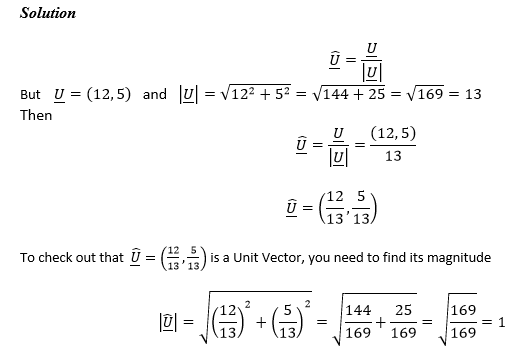
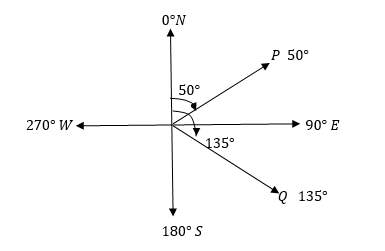
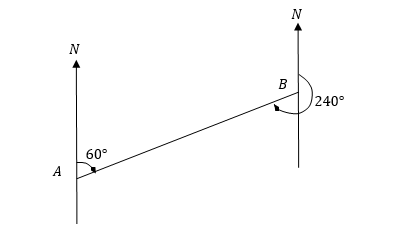
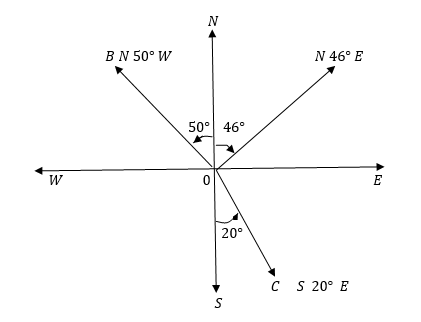

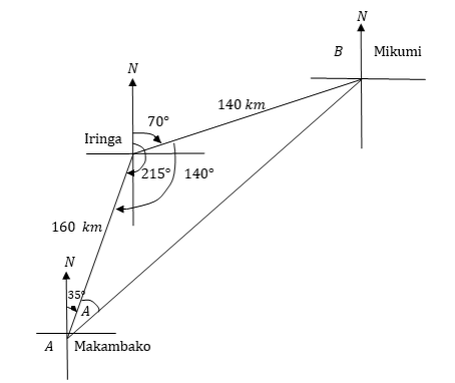
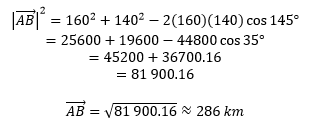
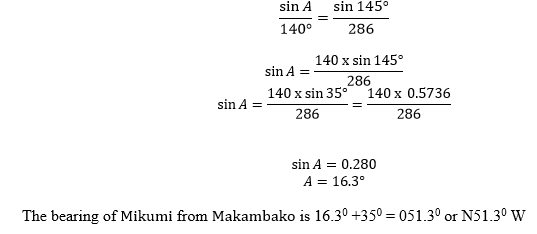
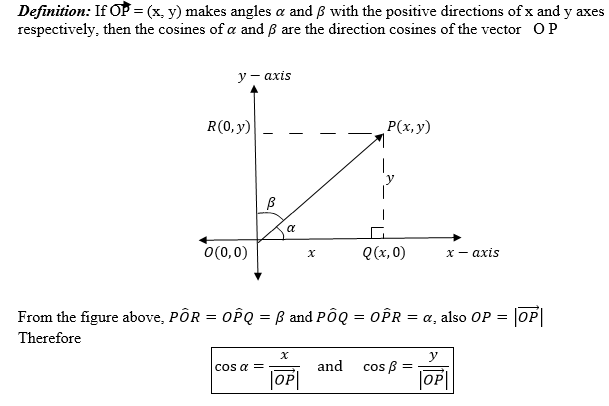
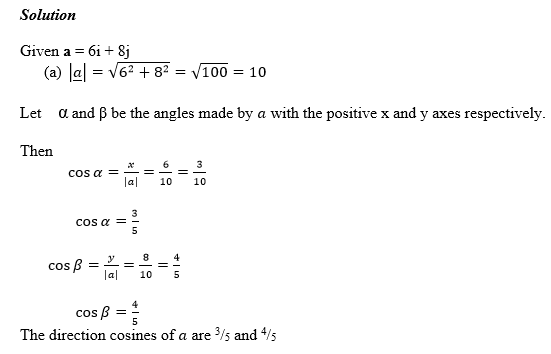

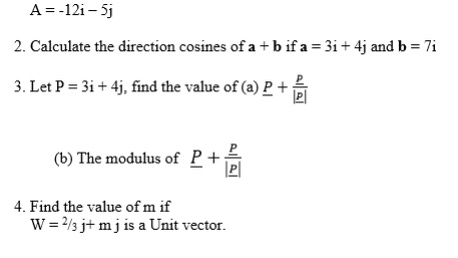
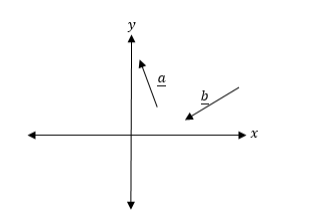
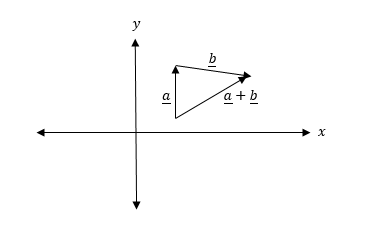
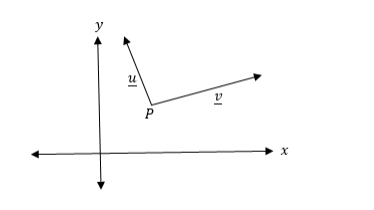
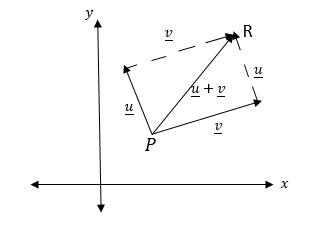
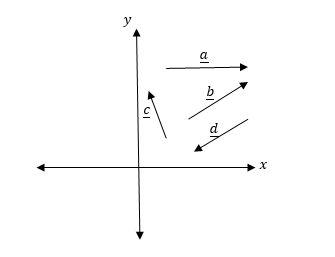
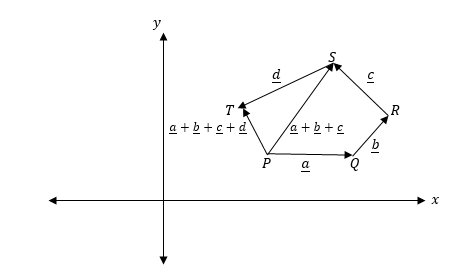
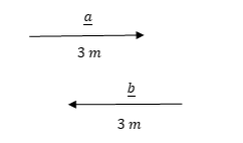

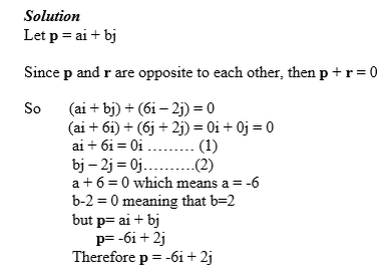
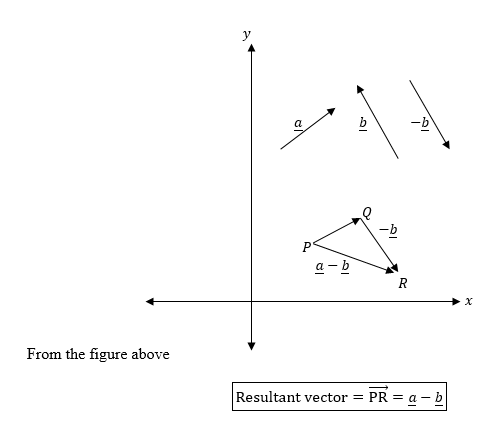
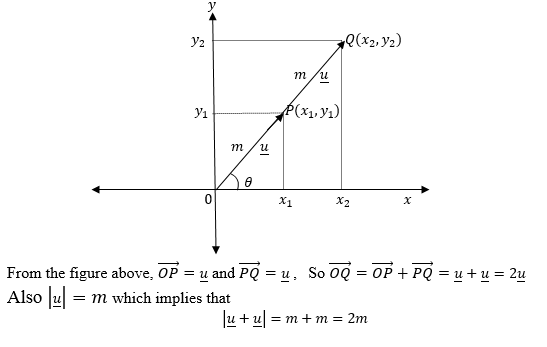

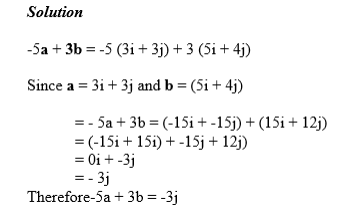
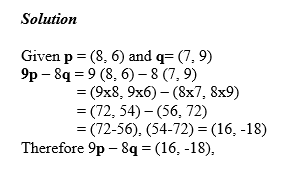
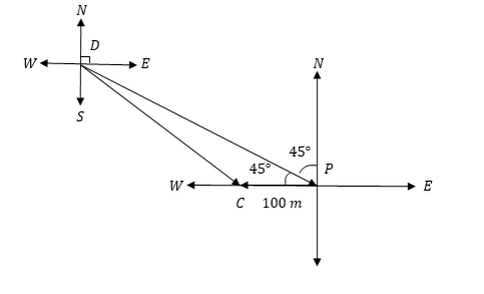
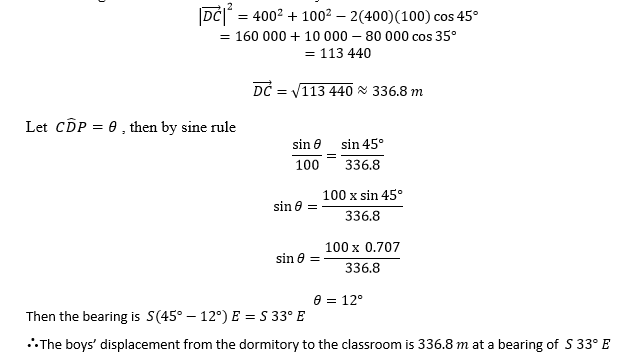
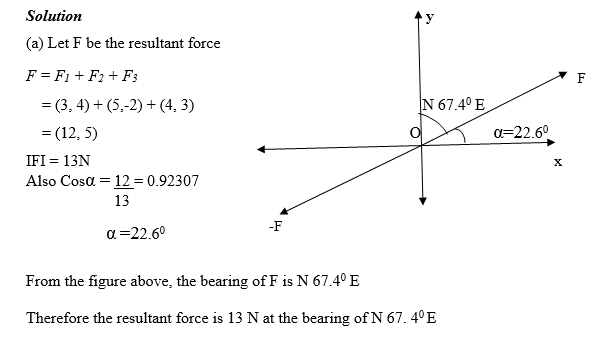
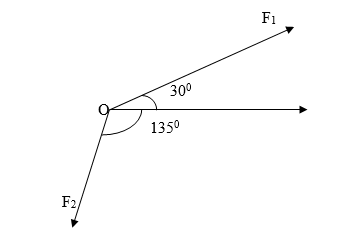

1 Comment
MORE THANKS TO MSOMI BORA